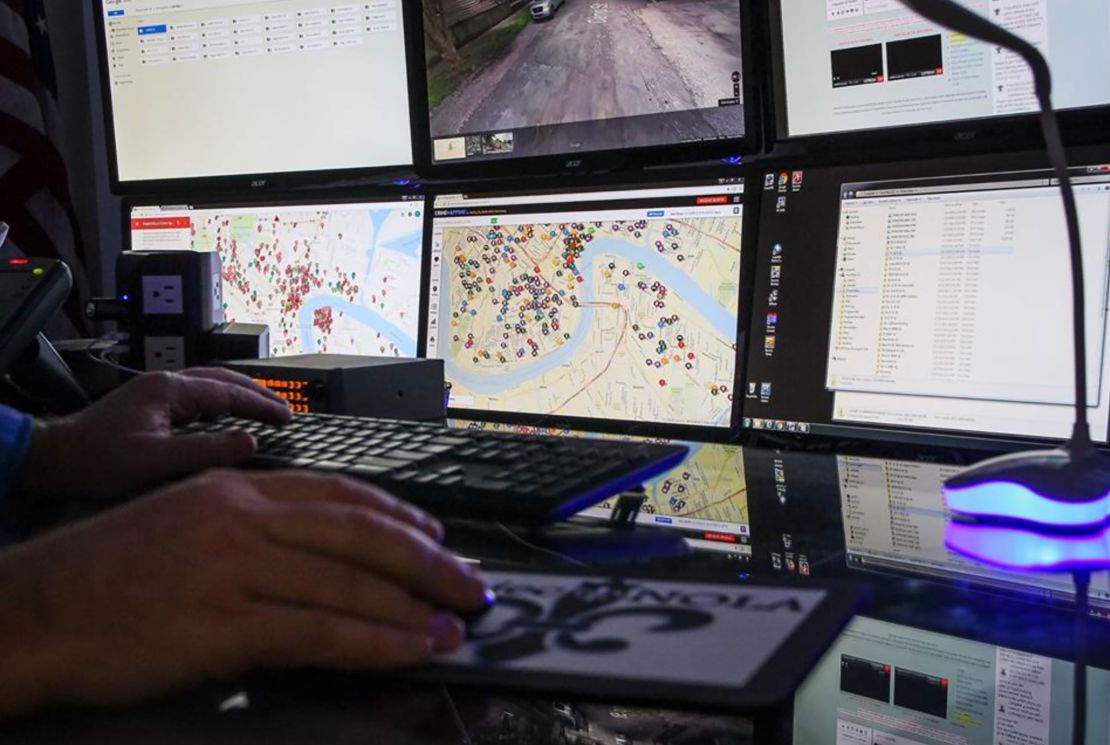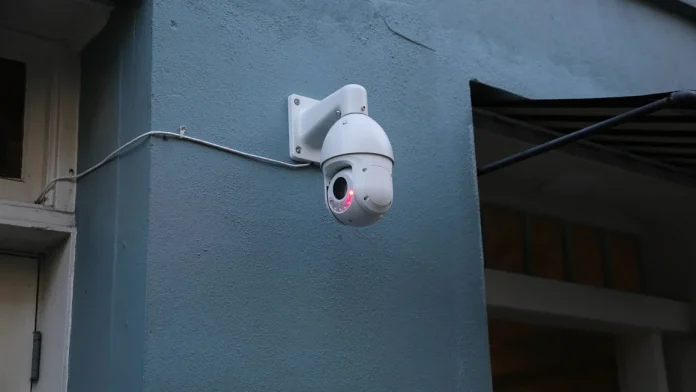Minutes after 10 inmates escaped from a New Orleans jail, facial recognition cameras operated by the nonprofit Project NOLA helped police locate and arrest two of them in the city’s French Quarter. This incident highlights both the potential of advanced surveillance technology to enhance public safety and the ongoing debate over privacy and accountability as communities grapple with the rise of facial recognition systems.

A new tool in crime fighting
On a Friday morning in New Orleans, Louisiana State Police were alerted that 10 inmates had escaped from a local jail. Remarkably, within minutes, two of the escapees were detected by facial recognition cameras mounted across the city’s historic French Quarter. Police swiftly arrested one of them, while the other was apprehended days later with the aid of information derived from the camera network. The cameras are part of an extensive system operated by Project NOLA, a nonprofit organization managing around 5,000 cameras citywide, 200 of which are equipped with facial recognition technology. State police shared details of the jailbreak with Project NOLA, allowing the group to quickly search for and identify the escapees using their network.
“This is the exact reason why facial recognition technology is so critical,” said New Orleans Police Superintendent Anne Kirkpatrick during a press briefing. The technology’s quick identification capabilities were credited with helping law enforcement regain control swiftly and potentially preventing further incidents.
A community effort under scrutiny
Despite the successes, Project NOLA’s approach remains deeply controversial. Unlike typical government-run surveillance, this camera network is managed independently from local law enforcement, though it collaborates closely by sharing information. This unique position raises concerns about oversight and accountability.
Nathan Freed Wessler, deputy director of the ACLU’s Speech, Privacy and Technology Project, criticized the effort, stating, “This is the stuff of authoritarian surveillance states, and has no place in American policing.” He expressed worries that such independent networks could operate without sufficient public transparency or legal safeguards.
On the other hand, Project NOLA’s Executive Director Bryan Lagarde defends the program as a community-driven initiative. “This has been a community endeavor from the very beginning,” he said. Local homeowners, businesses, schools, and churches voluntarily allow cameras to be installed on their properties, with the ability to remove them at any time if trust is broken. “This network comes down instantly and effortlessly by the community that built it if public trust is ever violated,” Lagarde added. He emphasizes the importance of transparency and the voluntary nature of the program as key differentiators from state-run surveillance.
Amplifying law enforcement capabilities
Founded in 2009 in the aftermath of Hurricane Katrina, Project NOLA was originally created to bolster local law enforcement efforts, which had been weakened by the disaster. The nonprofit has since expanded its operations, managing camera networks in multiple cities across the United States.
Project NOLA uses “hot list” systems that match images of wanted suspects, shared through police alerts, against its facial recognition-enabled cameras. When a match is detected, a real-time alert is sent to law enforcement agencies. This technology played a pivotal role in identifying the escapees immediately after their breakout.
The group also aided investigations such as the New Year’s Day terror attack in New Orleans last year that killed 14 people. Despite its vital role in public safety, Project NOLA has remained reticent about technical specifics, including the third-party company supplying its facial recognition AI.
Ethical concerns and racial bias
The use of facial recognition technology remains highly contentious, particularly given the lack of federal regulations governing its deployment by local authorities. Several U.S. cities have outright banned the technology for police use due to concerns about accuracy and civil liberties.
One significant issue is the technology’s documented bias: studies show facial recognition systems are less accurate in identifying women and people of color compared to white men. This raises concerns that marginalized groups could face disproportionate misidentification, exacerbating existing tensions with law enforcement.Nicol Turner Lee and Caitlin Chin Rothman highlighted in a 2022 Brookings report that “Black and other people of color are at greater risk of misidentification” when facial recognition is introduced into policing, which may compound systemic racial biases in the criminal justice system.
Navigating transparency and trust
New Orleans Police Department (NOPD) has acknowledged the need to review its collaboration with Project NOLA, including the accuracy of information and how the partnership aligns with city regulations. Superintendent Kirkpatrick confirmed a formal review was underway to ensure proper use and oversight of facial recognition alerts. Project NOLA insists it remains transparent with the community by posting updates on social media and involving locals in camera placement decisions. Lagarde stressed that all facial recognition data originates from their network of privately owned cameras, not from government installations. “The facial recognition is not being paid for by tax dollars. It is not accessible directly by law enforcement,” he explained.
He further emphasized that Project NOLA acts as the “gatekeeper,” verifying the validity of all data fed into its system before alerts are sent to police. This control is intended to safeguard against misuse and maintain community trust.
Balancing safety and privacy in the digital age
The use of facial recognition technology by Project NOLA illustrates the delicate balance between leveraging cutting-edge tools for public safety and addressing the ethical, legal, and social implications that arise. As cities grapple with increasing demands for security amid technological advances, public debate over privacy and oversight intensifies.
While the rapid capture of escapees in New Orleans showcases the power of facial recognition as a crime-fighting tool, critics warn that without stringent controls, such systems risk eroding civil liberties and disproportionately impacting vulnerable communities. The coming months will be critical in determining how New Orleans—and other cities—navigate these competing priorities while fostering public trust and safety in an era of surveillance technology.










